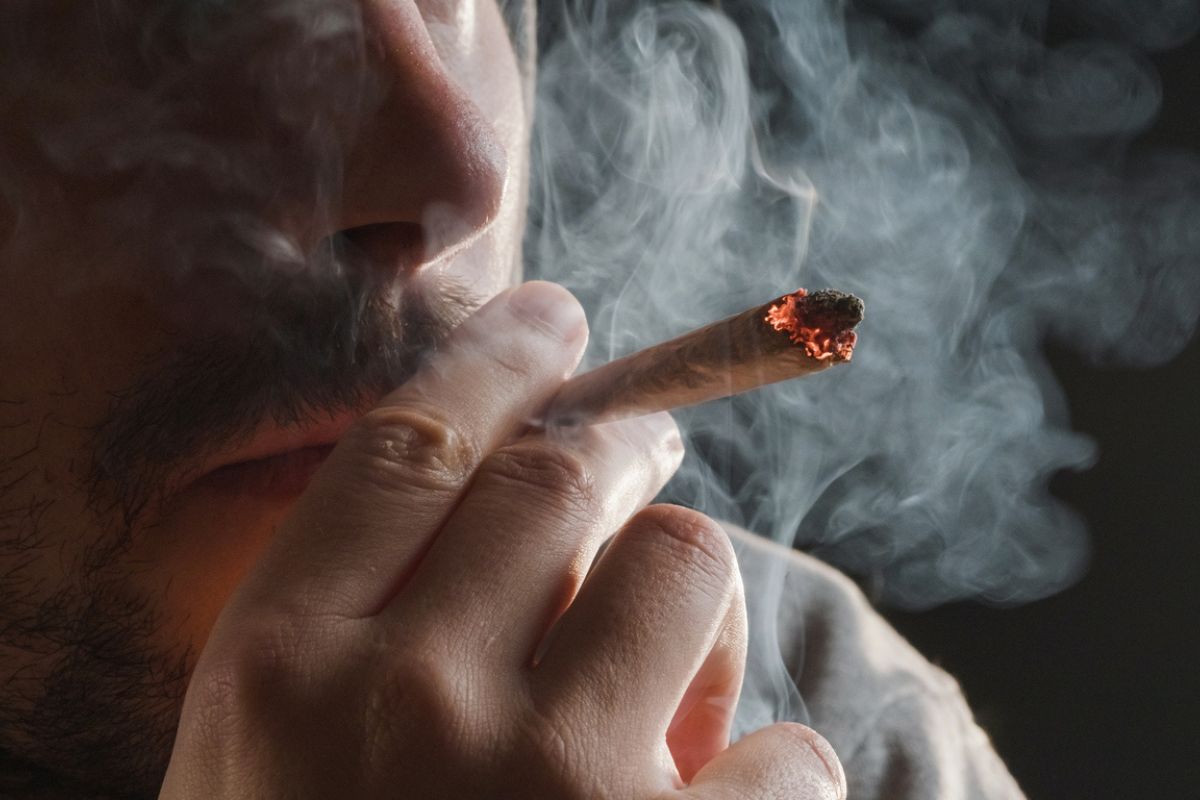Despite decades of research, suicide remains as mysterious as it is frustratingly tragic.
In the United States, the suicide rate jumped more than 35 percent between 2000 and 2021, according to the U.S. Centers for Disease Control and Prevention (CDC). Suicide ranked among the top 10 leading causes of death for Americans between the ages of 10 and 64 in 2021. And it’s now the third-leading cause of death in the general population for those between 18 and 24, trailing only after accidents and homicide.
But these suicides are only the most visible part of this national mental health crisis. In 2021, the CDC estimated that roughly 12.3 million American adults considered suicide, 3.5 million went so far as to make a plan to take their lives, and nearly half of them – 1.7 million – tried it.
Now, a new paper in the British Journal of Sports Medicine suggests that student-athletes aren’t immune.
A 20-Year Study
The research reveals that the suicide rate among college athletes doubled between 2002 and 2022. That makes suicide the second most common cause of death, in this demographic.
“We found that the annual mortality rate in this population has been pretty similar over the last 20 years, but suicide death is accounting for a greater portion of the total,” the lead author of the study, and a research scientist in family medicine at the University of Washington School of Medicine in Seattle, Bridget Whelan, explained.
Whelan and her team examined the data surrounding deaths that took place “between July 1, 2002, and June 30, 2022, among NCAA athletes who competed in at least one varsity sport at Division I, II or III institutions.” The researchers classified the deaths as either an accident, murder, suicide, unintentional drug/alcohol overdose, or the result of some medical cause.
Devastating Suicide Statistics
Over the 20 years of data, the authors looked into the deaths of more than 1,100 student-athletes:
- 11.5 percent of them died by suicide.
- The average age of the victims was 20.
- 77 percent of the suicide victims were men.
- The proportion of suicide deaths doubled from the first 10 years of the study 7.5 percent) to the second 10 years (more than 15%).
- Every other cause of death among this group declined.
The researchers determined each athlete’s cause of death including other demographic data, such as age, race, and the sport they played, by combing through obituaries, online media posts, and autopsy reports, among other official documentation.
“Athletes are generally thought of as one of the healthiest populations in our society, yet the pressures of school, internal and external performance expectations, time demands, injury, athletic identity, and physical fatigue can lead to depression, mental health problems, and suicide,” the authors wrote.
Surprising Results
Division I college athletes have access to a robust support staff that most college students lack, whether it’s the coaches, team doctors, or training staff. Because of that, the research team launched this study convinced that this support system would shield these athletes from the same pitfalls other college students face.
“We didn’t anticipate that we’d see the increase in suicide rate that we did,” Whelan added.
Finally, the study found that runners suffered the most. Cross-country and track-an-field athletes emerged as the most vulnerable student-athletes. The researchers blamed “the individual nature of those competitions, in contrast with more overtly team-oriented sports such as football and soccer,” which makes losing a burden those competitors bore on their own.
The NCAA, in addition to the individual school and athletics departments, has put a stronger emphasis on student mental health recently. Late last year, the NCAA “mandated increased support for Division I student-athletes physical, mental and academic well-being. It also adopted new Mental Health Best Practices that all members will be required to follow. The best practices include emerging information about the intersection of mental health and sports betting, social media, corruption in sport, suicide, and name, image, and likeness issues.”
Further Reading
VA Fights Its Own History With Early Success of Suicide Prevention Program
FDA Probes Ozempic, Other Weight-Loss Drugs for Suicidal Risks



